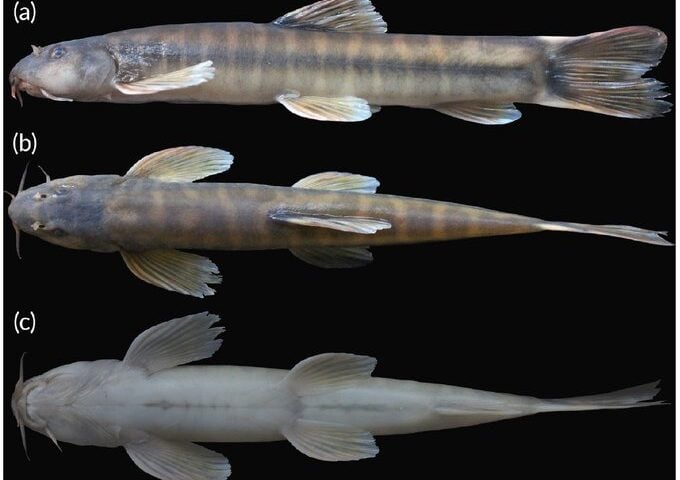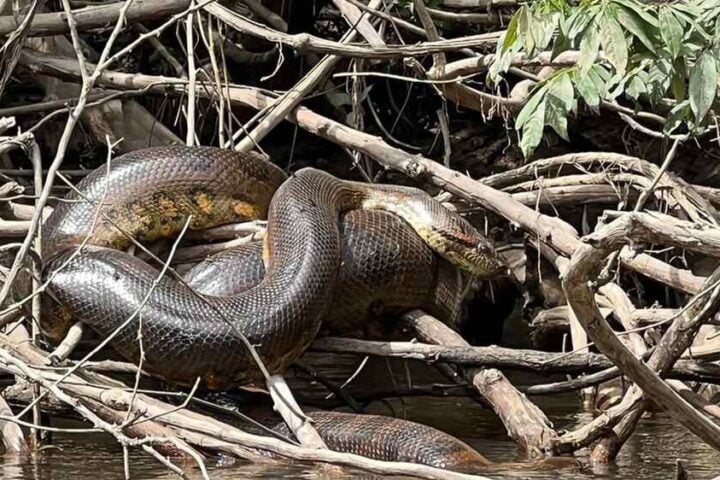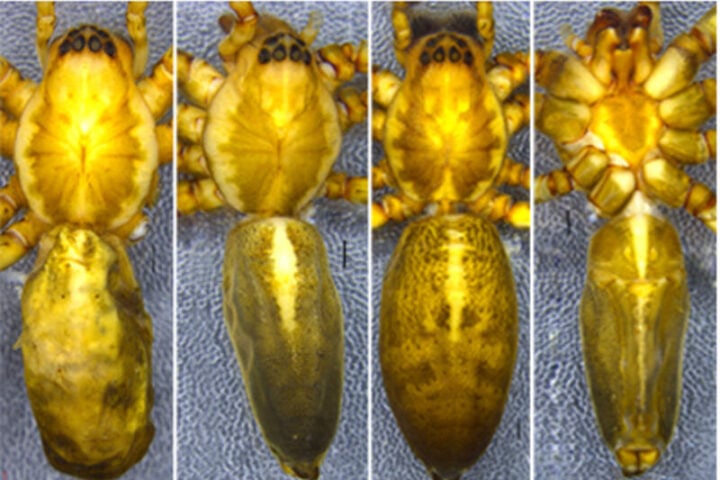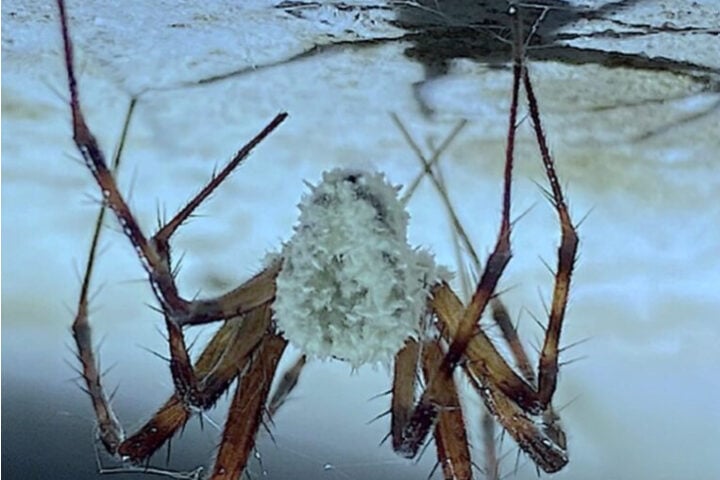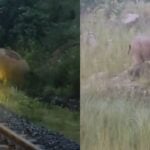In a breathtaking twist, the Quercus tardifolia, believed to be extinct, has resurfaced in Texas’ Big Bend National Park. America’s national parks aren’t mere tourist attractions; they’re biodiversity strongholds, preserving ecological wonders. Big Bend’s recent revelation underscores its significance, unveiling an oak species once declared extinct.
The late-leaf oak, Quercus tardifolia, is a living testament to a bygone era when Texas was cooler and wetter. Remarkably, this oak retains its leaves throughout winter, only to sprout new ones late into spring. Its survival hinges on the shaded, moist environments of the Chisos Mountains’ north-facing canyons.
Michael Eason, a dedicated scientist, spearheaded the mission to rediscover this elusive oak. Eason remarked to NPR, ‘The Tardifolia was sort of a missing link; we were trying to pinpoint its place in nature.’ Leaf samples from Boot Canyon were meticulously analyzed at the Morton Arboretum. The results were groundbreaking, confirming the continued existence of Quercus tardifolia.
Eason’s team’s tenacity bore fruit when they located two of these ‘extinct’ oaks during their exploration. Eason shared, ‘Finding something that was presumed extinct was definitely a career highlight.’ The discovery was tinged with surprise and emotion, especially given that two specimens were found, defying expectations.
The Quercus tardifolia, a relatively obscure oak type, is exclusively native to the Chisos Mountains within Big Bend National Park. About a decade ago, this tree was declared extinct, presumably due to escalating temperatures that threatened its survival. However, conservation botanist Michael Eason stumbled upon a pair of these oaks, turning the narrative on its head.
Eason’s expertise was pivotal; he was among the few who could recognize this oak, previously deemed extinct. Describing the complexity of oaks in West Texas, Eason said, ‘The oaks here are, in a word, ‘confusing’ due to their frequent cross-pollination.’ To dispel this confusion, leaf clippings were sent to the Morton Arboretum in Illinois for precise identification. The confirmation that the samples were genuine tardifolia was a monumental moment in botanical history.
Eason reminisced, ‘There’s definitely elation when we found it that first day; I was pretty emotional.’ While the discovery was exhilarating, conservationists have decided against reintroducing more tardifolia to Big Bend. Instead, the focus is on cultivating them in botanic gardens and arboretums across the U.S., ensuring the species’ continued existence.
Similar Posts
Eason has already successfully grafted shoots onto oak rootstock at the San Antonio Botanical Garden, where they are thriving. The Chisos Mountains, with Emory Peak standing tall at 7,825 feet, offer a unique habitat conducive to the growth of these oaks. Eason elaborated on the tardifolia’s name, explaining, ‘It leafs out late, whereas most other ones are much earlier in the season.’
This oak species not only emerges late in spring but also retains its leaves much longer than its counterparts. Eason emphasized, ‘This species is a relic from millennia ago when Texas had a much wetter and cooler climate.’ As Texas’ climate evolved, the survival of these trees became increasingly challenging, adding layers of complexity for scientists.
Oak trees’ tendency to cross-pollinate and create sub-species makes their classification a daunting task. Eason reflected, ‘The Tardifolia, the one that nobody could ever find, was sort of a missing link in our understanding.’ After the initial discovery, scientists returned to Boot Canyon in January, noting that while most trees had shed their leaves, the Tardifolia remained evergreen.
Eason recounted the expedition, saying, ‘We had eight people stretched across the mountains, and that’s how we came across this one large oak in West Texas.’ The discovery of more trees on private ranchland outside Big Bend has further expanded the known presence of this oak species.
Their plan is to conduct another survey in January, with the leaf-retaining Tardifolia standing out among bare trees. However, reintroducing them to Big Bend isn’t on the cards, as Eason believes they ‘can’t fight nature.’ The focus is on cultivating these trees in safe havens like Botanic Gardens or arboretums.
A few will be planted at the San Antonio Botanical Garden, while others will be shipped to botanical gardens nationwide. This ensures the species’ survival, even if they eventually vanish from their native Chisos Mountains. Eason concluded, ‘It’s one of those rare success stories in conservation, especially here in Texas.’
Visitors to the San Antonio Botanical Garden may soon find solace under the shade of these once-extinct oaks. The Quercus Tardifolia’s rediscovery is a testament to nature’s resilience and the relentless pursuit of scientists. Eason’s discovery has not only rewritten botanical history but also ignited hope for other species believed to be lost. The tale of the Tardifolia serves as a reminder of the wonders that still await discovery in our national parks. In the face of climate change and habitat loss, the re-emergence of the late-leaf oak offers a glimmer of optimism for conservationists worldwide.




